How many types of cranes are there? This article looks at the range of cranes available including the difference between static cranes and mobile cranes.
Types Of Cranes used in Construction
Cranes are a staple in the construction industry and have been used to carry and lift heavy equipment and materials since ancient times.
Today, there are a variety of different options to choose from when looking at construction cranes.
Knowing a little bit of information about the different types of cranes that are available, what they do, their strengths and their uses will help you in determining the best crane to use for your project.
Tower Cranes
A tower crane is a class of balance crane that is most commonly used on residential construction sites. These types of cranes are anchored to the ground.
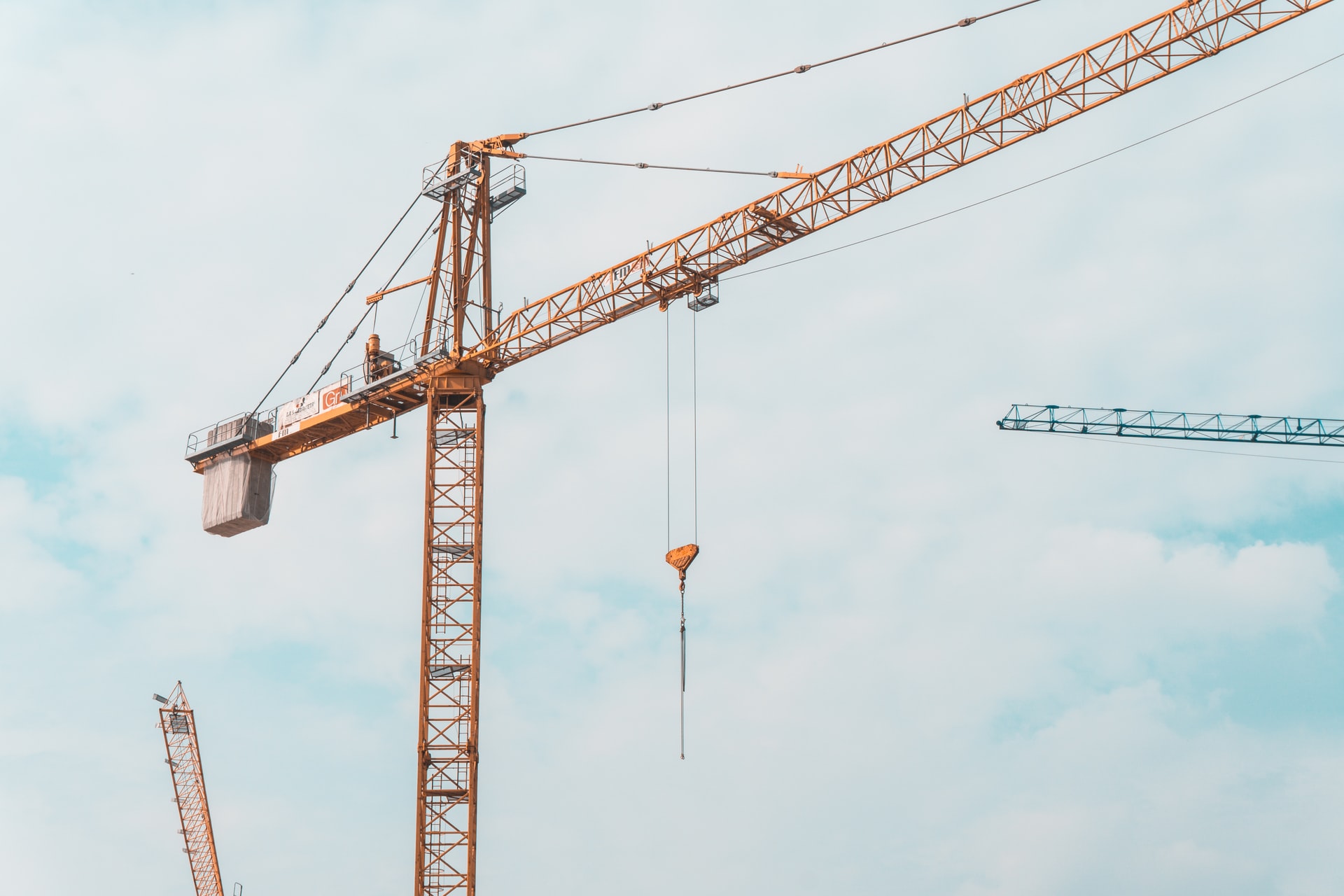
They can provide an optimum combination of height, lifting and moving capabilities that are often deployed for high up construction projects, such as the construction of tall buildings and car parks.
Tower cranes have two horizontal arms that jut from a central crane tower, with one arm used to suspend the heavy loads to be lifted and the other arm fitted with heavy concrete blocks as a counterweight.
These types of cranes can be controlled by a driver who will either sit high above in a little cabin located at the top of the tower or will use a remote control system to operate the machine from the ground.

Mobile Cranes
Mobile cranes are typically mounted onto wheeled vehicles. However, cranes used for railway work can be adapted to travel on the rail tracks, and various bridge cranes and floating cranes that are used for construction work on bridges and waterways can be attached to barges.
Numerous types of cranes are now available in a mobile format. This includes Mobile Tower Cranes. Each different crane type serves a different temporary purpose.
A mobile crane could be little more than a robust steel telescopic boom fitted to a mobile platform with a lifting arm that is typically hinged to allow it to hoist, lift and lower when needed.
The setup of these types of cranes is usually achieved using cable systems or hydraulic mechanisms, and you can fit the whole mobile structure with outriggers to provide further stability during any on-site construction operations.
Static Cranes
The name static crane refers to the requirement that the crane is installed in a particular place rather than transported. This is the main difference between static cranes and mobile cranes.
The term "static cranes" includes all different types of cranes, including self-erecting cranes that have a small footprint and are perfect for rural city projects.
These tower cranes are used to construct high buildings and telescopic projects cranes that are compact and frequently operated on short-term construction jobs.
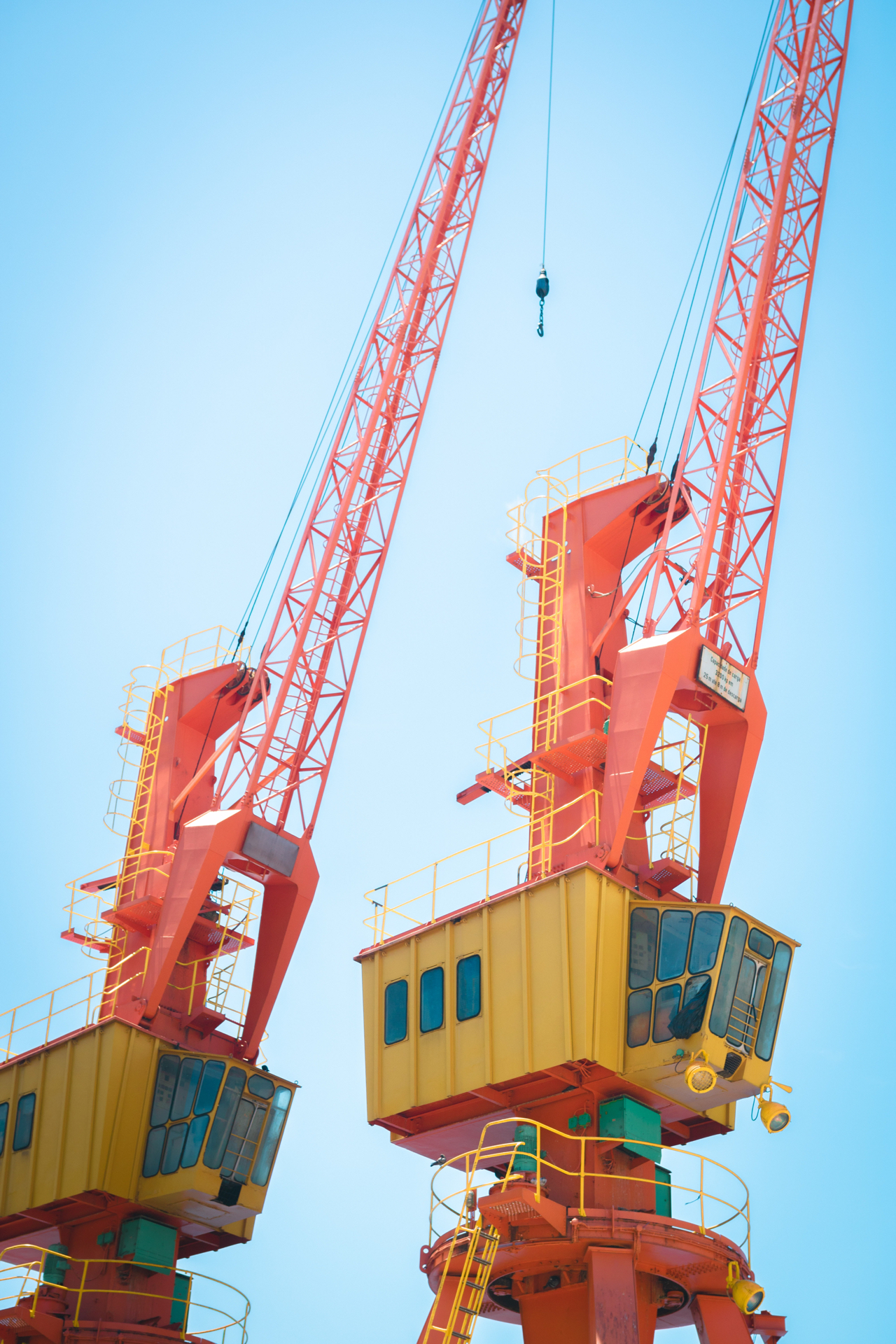
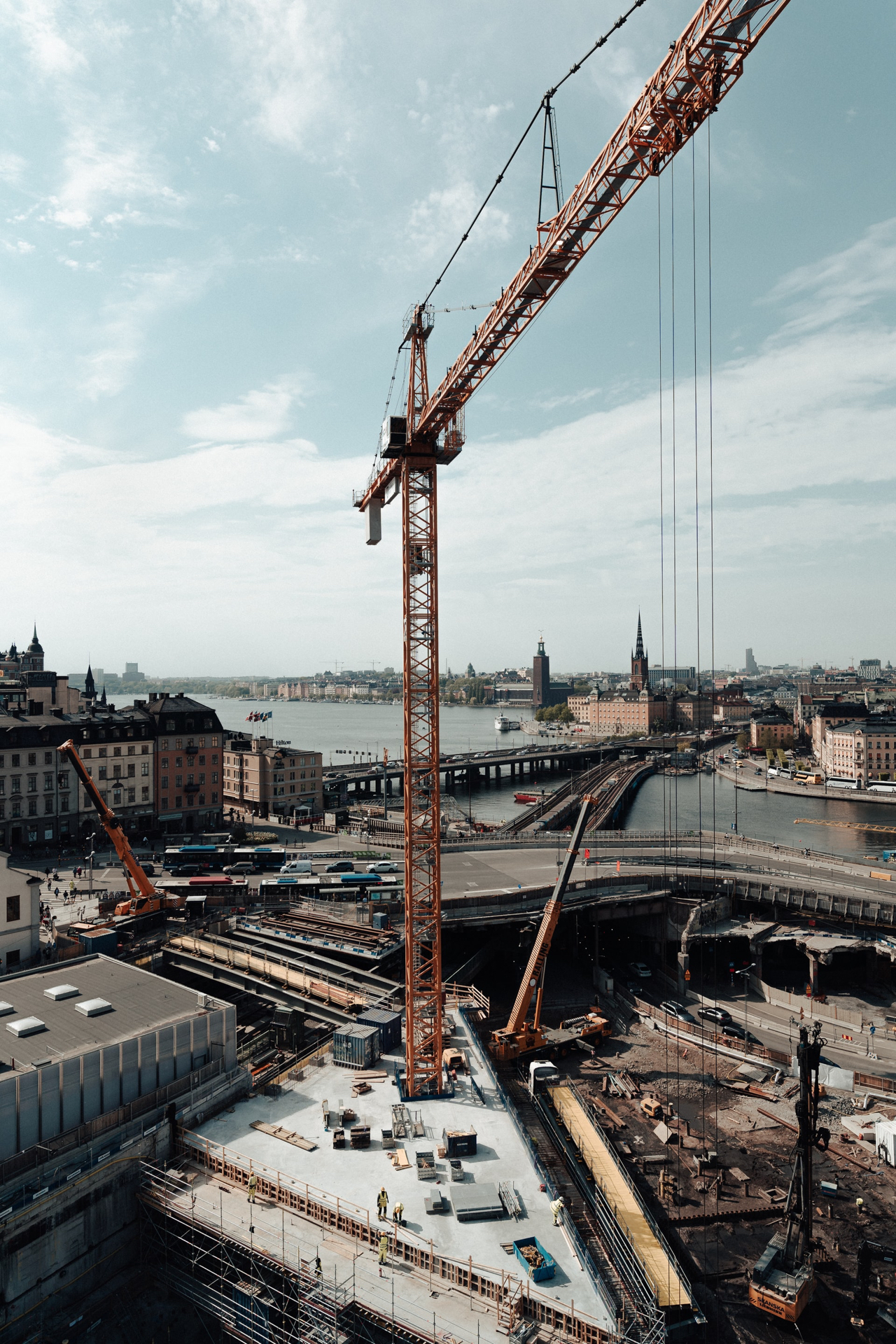
Giant Cantilever Cranes
The giant cantilever cranes are also called hammerhead cranes. This sturdy crane type is German-designed and features a robust steel-braced central tower onto which is fitted a powerful double-cantilever beam.
The forward region of the arm houses the machinery for the lifting capacity, while the crane's rear section contains a substantial weight for counterbalancing. The primary function of these types of cranes is to lift and transfer materials via a rotational movement of the cantilevered cross beam.
However, some later models also include a mechanism to transfer and re-position the suspended load along the front arm, adding significantly to the machine's versatility.
Gantry Cranes
Full gantry or semi-gantry cranes are commonly used for heavy fabrication applications or in outdoor yards such as rail yards, steelyards, shipping and container yards, and scrapyards.
They are also prevalent for cement and precast applications in areas where they form and cure slab concrete.
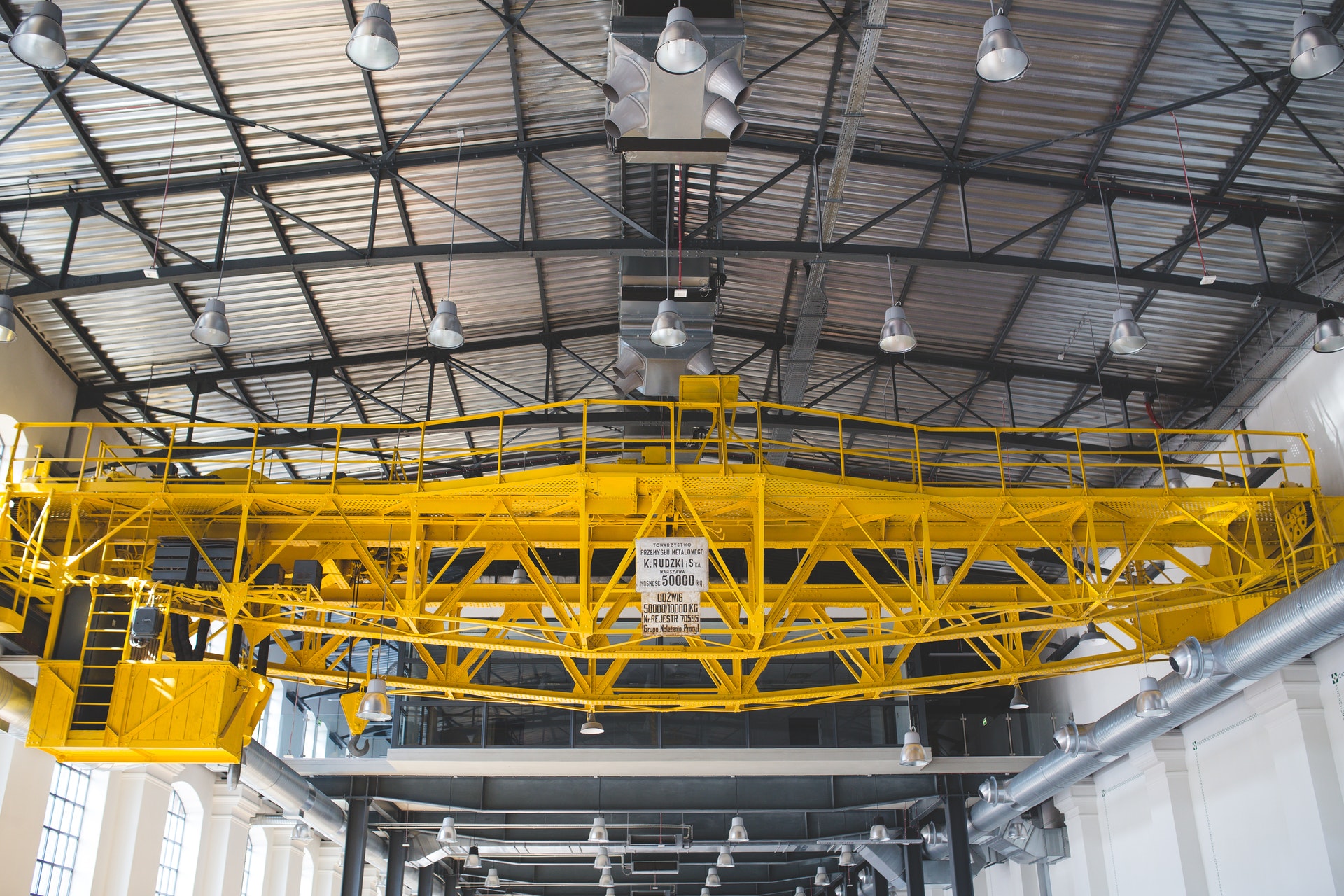
Gantry cranes employ a robust overhead gantry to lift and manoeuvre extremely hefty industrial loads. This crane can use a hoist installed in a fixed machinery housing, or otherwise, they can slide along a rail framework.
Gantry cranes, as well as other overhead cranes that can carry suspended loads in a similar fashion, are universally used in factories, shipyards and similar commercial locations where their sturdy qualities make them an essential piece of equipment.
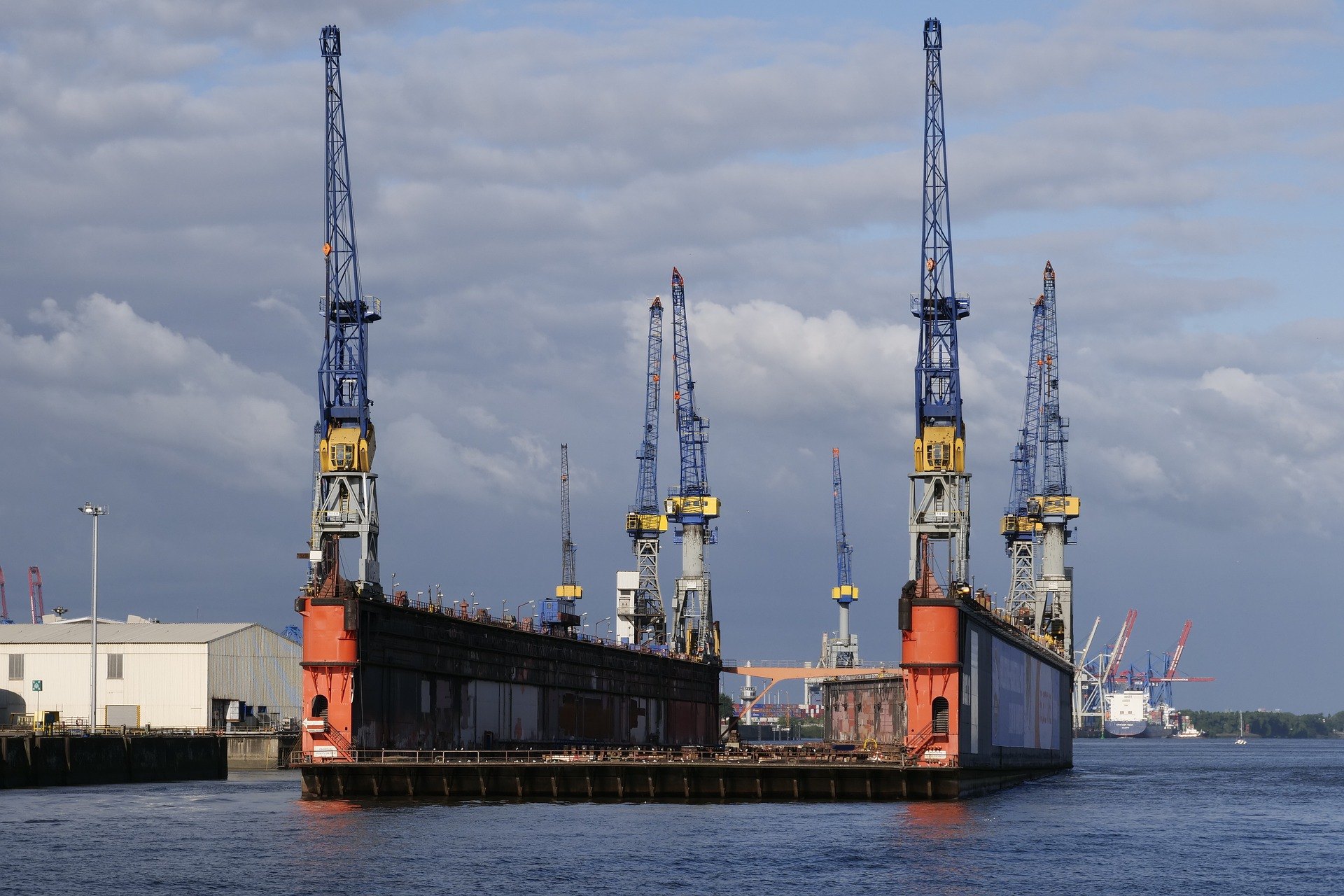
Level-luffing Cranes
The level-luffing cranes feature a unique mechanism in which the crane hook is designed to stay at a consistent level.
As a result of this design, the up and down movements of the crane's luffing jib arm will only move the hook towards or away from the base.
The main advantage of this kind of movement is that you can arrange the crane to operate at a constant fixed ground level. This kind of action can be necessary to handle load materials with precision. This is often required during shipbuilding.
Crawler Cranes
A crawler crane is a significantly large, heavy-duty machine that uses lattice booms to lift cumbersome loads. Crawler cranes are a particular type of mobile crane that is fitted with caterpillar tracks.

The weight of a crawler crane is evenly distributed on a tracked platform. This allows the capacity to lift more weight than wheeled cranes. These types of cranes are rough terrain cranes as they can be used on rough terrain and typically unstable ground that wheeled vehicles would generally be unable to operate on.
Crawler cranes are usually very stable because of their broad base and tracking that spreads the weight over a wide area.
These sturdy machines are incredibly beneficial when used on construction sites during the initial phase of building projects. Their ability to move heavy loads over areas of soft soil is a particular asset.
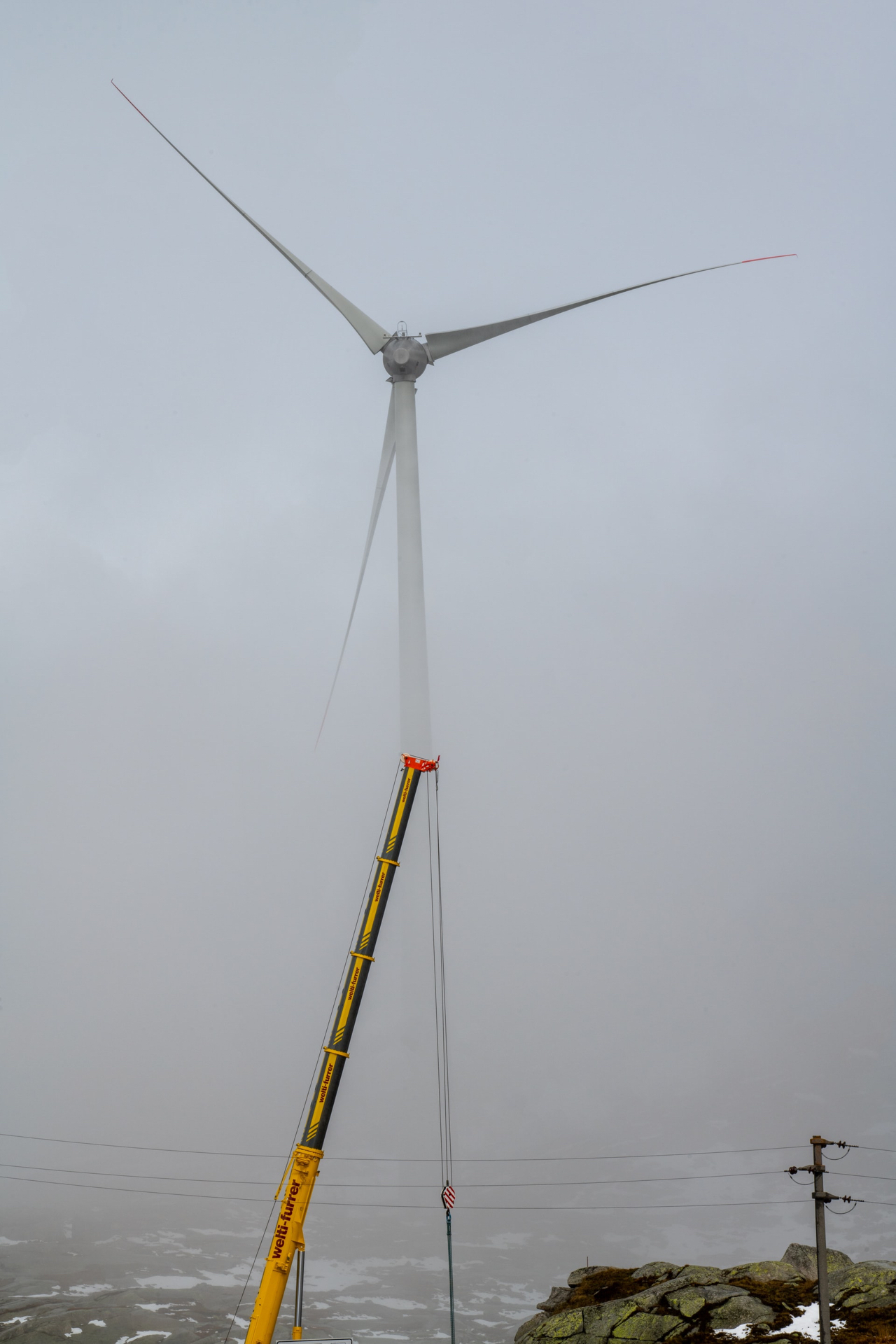
Telescopic Cranes
A hydraulic mechanism powers telescopic cranes. Hydraulic cranes feature an assembly of concentric tubular steel booms that can be effortlessly extended and retracted to alter the crane's height. Being equipped with a boom arm outfitted with a hydraulic cylinder, this type of crane can change length effortlessly like a telescope. Telescopic cranes are typically mobile; although they are technically considered a fixed crane, most telescopic cranes are truck-mounted cranes.
This is in order to be transported to and from different worksites. These adaptable cranes are incredibly compact, meaning they can perform efficiently even when space is scarce. Telescopic cranes are incredibly popular pieces of equipment. Rescue services commonly use them and to help perform tasks such as launching and retrieving boats at the waterside.
Aerial Cranes
Being part of an aircraft, aerial cranes seemingly offer the most extensive range of any crane type. These cranes are attached to a helicopter and have a lifting mechanism commonly used for lifting containers.
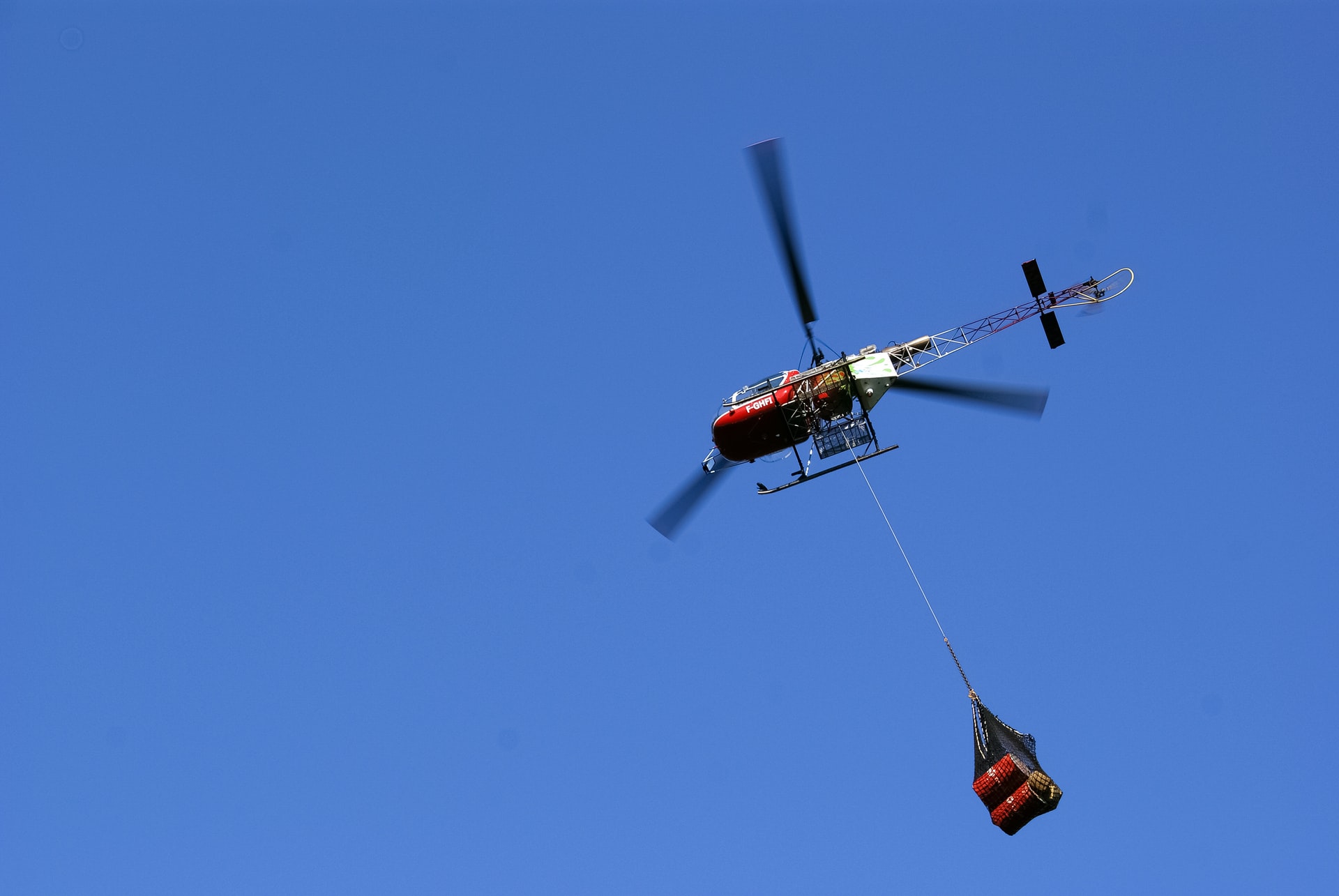
Aerial cranes can also be widely used to lift temporary and pre-fabricated buildings and timber for the logging industry. Lifting operations are sometimes referred to as "longline" and are completed using an aerial crane.
They call these operations longline because the load is attached to the aerial crane by a single long line. These helicopters can efficiently operate in a wide range of landscapes, including areas where it is not feasible to use any other type of crane, such as areas without roads.
Static Cranes vs Mobile Cranes
Static cranes and mobile cranes are the two main categories of cranes.
A static crane is a permanent/semi-permanent structure that is fixed to the ground or building and can lift and transport loads horizontally along a fixed path.
However, mobile cranes are mounted on wheels or treads and can be far easier to move from one place to another.
Mobile cranes are not confined to a fixed path like static cranes are.
Some mobile crane types will be capable of pick and carry operations, where they can quite literally pick up a load and then carry it to a different location via its wheels or treads, like that of a carry deck crane.
Some of these types of cranes will require the use of counterweights, outriggers or even on-site assembly.
If you require crane hire services in the Kent, London or South England areas, we can help. Our crane and lifting services are based in Gravesend but we can work throughout the UK.
